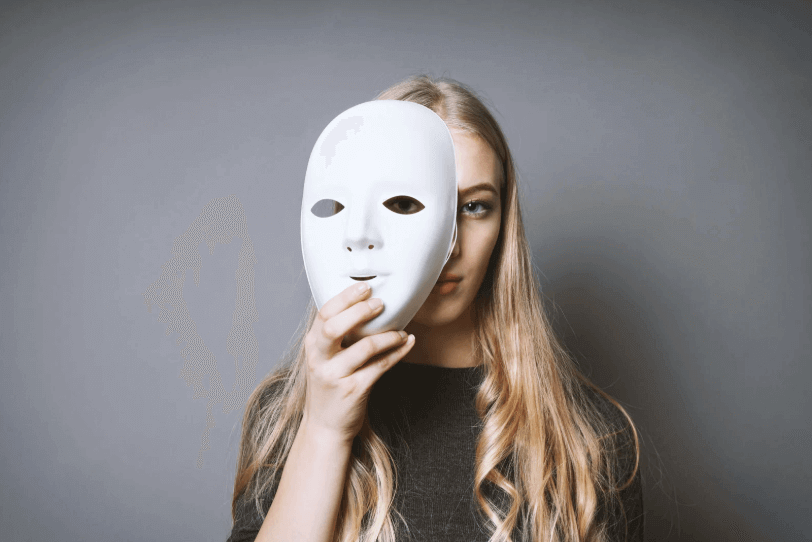As Halloween approaches, masks are everywhere. People don costumes, pumpkins grin from porches, and the season reminds us of the many roles we play in life. In therapy, both clients and clinicians often show up wearing metaphorical masks. These masks may protect, comfort, or help navigate complex emotions.
Noticing these masks can give clinicians important insights into how clients cope, communicate, and connect. It can also guide clinicians in reflecting on their own professional presence.
Understanding the Protective Role of Masks
Clients often wear masks to feel safe in sessions. For example:
- Protecting vulnerable emotions: Clients may hide sensitive feelings until trust is established.
- Trying on new behaviors: Masks allow clients to experiment with confidence, assertiveness, or coping strategies in a safe space.
- Managing anxiety or fear: A client may present as overly composed or neutral to protect against judgment.
Clinicians also wear masks, though often unintentionally. Presenting calm, optimism, or structure can help foster safety and set the tone for the session. Awareness of our own “professional masks” allows us to adjust our presence intentionally to better support clients.
Creating Space for Authenticity
Authenticity in therapy doesn’t mean the clinician needs to self-disclose or share personal details. Instead, it’s about creating an environment where clients feel safe enough to be authentic themselves.
Clinicians can encourage this by maintaining genuine curiosity, showing empathy, and being fully present in the room. These behaviors model openness without blurring boundaries and invite clients to express their true emotions without fear of judgment.
Even small moments of authenticity like a thoughtful pause, a validating reflection, or a consistent tone of warmth can reinforce trust and help clients feel seen and accepted for who they are.
Observing Connection in Sessions
The seasonal metaphor of masks can guide clinical practice:
- Recognize the function of client defenses without rushing to remove them.
- Notice when authenticity begins to emerge and respond with validation.
- Be aware of your own professional masks and how they influence the dynamic.
- Reflect on how small acts of openness strengthen the therapeutic relationship.
Reflection for Clinicians This Season
Halloween reminds us that masks are natural and often protective, but growth occurs when people feel safe enough to show and explore what’s underneath. For clinicians, observing, honoring, and gently inviting authenticity helps clients process emotions more deeply and fosters stronger connections.
This season, take a moment to notice the masks that appear in your sessions, both yours and your clients’. Honor their purpose, and reflect on how cultivating authenticity can support healing all year round.

 A Clinician’s Guide to Cultivating Gratitude in Therapy
A Clinician’s Guide to Cultivating Gratitude in Therapy Rumination: Helping Clients to Understand and Overcome It
Rumination: Helping Clients to Understand and Overcome It Talking to Clients About Their Healthcare Experiences
Talking to Clients About Their Healthcare Experiences